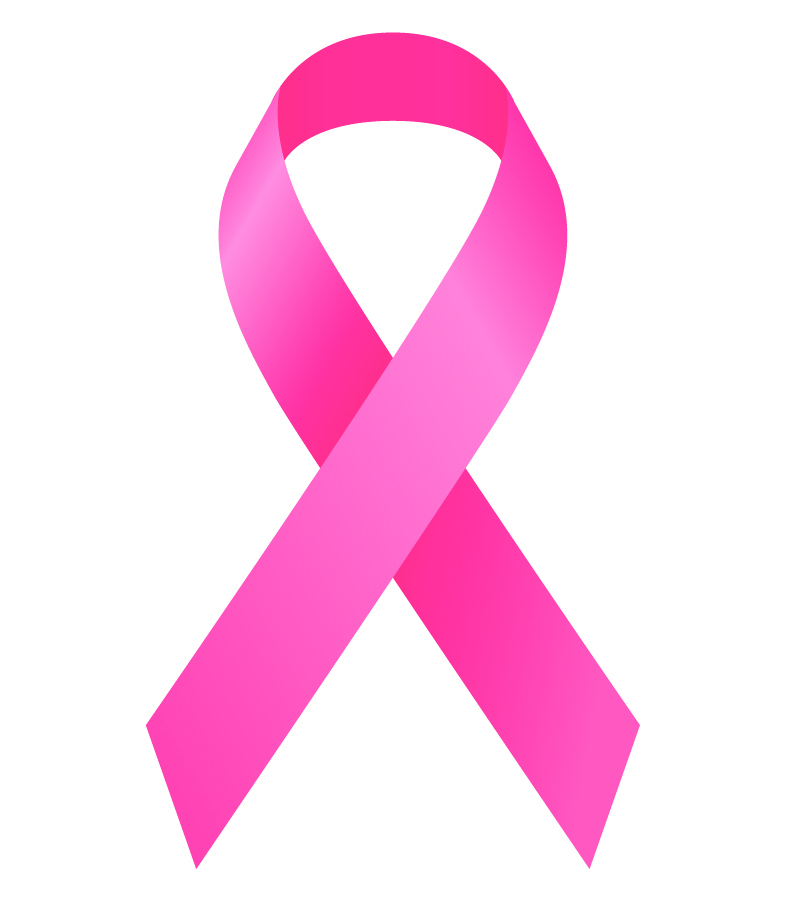

MD Hannah Brandts Diagnostic Imaging
- Do an annual screening mammogram. A screening mammogram is a mammogram that checks for breast cancer when no symptoms are present. Mammograms can find breast cancer years before physical symptoms occur. That’s why mammograms are one of the most effective tools to find breast cancer early when it’s small and easiest to treat. For women of average risk, annual mammograms are recommended beginning at age 40.
- Learn about 3D mammograms. The first choice in breast cancer screening, 3D mammograms (breast tomosynthesis) offer a more detailed view of the breast tissue. Proven to detect more breast cancers in all women and all breast types, a 3D mammogram looks and feels similar to a conventional 2D mammogram. Above all, women appreciate that the 3D technology greatly reduces the need to call women back for further imaging. Most insurance covers the cost of 3D mammograms. Call the number on the back of your insurance card to make sure.
- Get to know your girls. Physicians encourage breast self-awareness since most lumps and changes are found in normal daily activities like showering or dressing. So be familiar with how your breasts normally look and feel. If you notice any new lumps or changes in your breast tissue, let your healthcare provider know right away. Remember, not all breast lumps are cancer, but it’s important to get it checked out.
- Understand your risk. Being a woman and getting older are the biggest risk factors for breast cancer, but there are others. Gene changes that are passed down in families or a high incidence of close relatives – mother, sister or child – who have been diagnosed with breast cancer can increase a woman’s risk. Talk with your healthcare provider to assess your risk for breast cancer no matter how old you are. If you are at a higher risk, annual screenings may be advised before age 40.
- Lower your risk. A healthy lifestyle might lower your risk for breast cancer. Increased body weight and weigh gain and drinking alcohol are linked with a higher risk of breast cancer after menopause. Studies also show a link between moderate to vigorous physical activity and a lower risk for breast cancer. So do your best to limit alcohol and maintain a healthy weight by staying active and eating a balanced diet.
If it’s time for an annual mammogram, contact your primary care provider.

“Annual screening mammograms help radiologists compare the breast tissue from year to year and look for any changes in the breasts. A screening mammogram usually takes two views of each breast from different angles. When reading the mammogram, your radiologist may see an abnormality or change and recommend that you return for a diagnostic mammogram. In a diagnostic mammogram, we take additional views of the small area of tissue that needs further evaluation. Diagnostic mammograms zoom in and give us a closer look. Women who are called in for additional imaging should not be alarmed. Your radiologist is being thorough and carefully examining any questionable findings.”